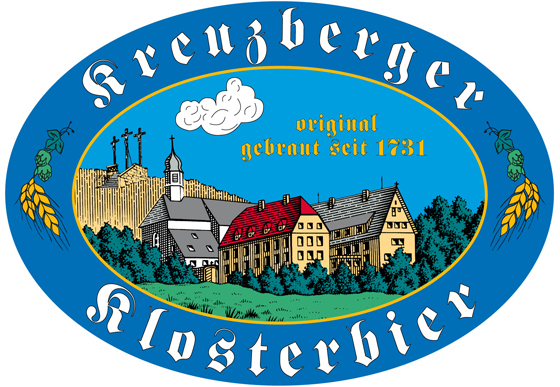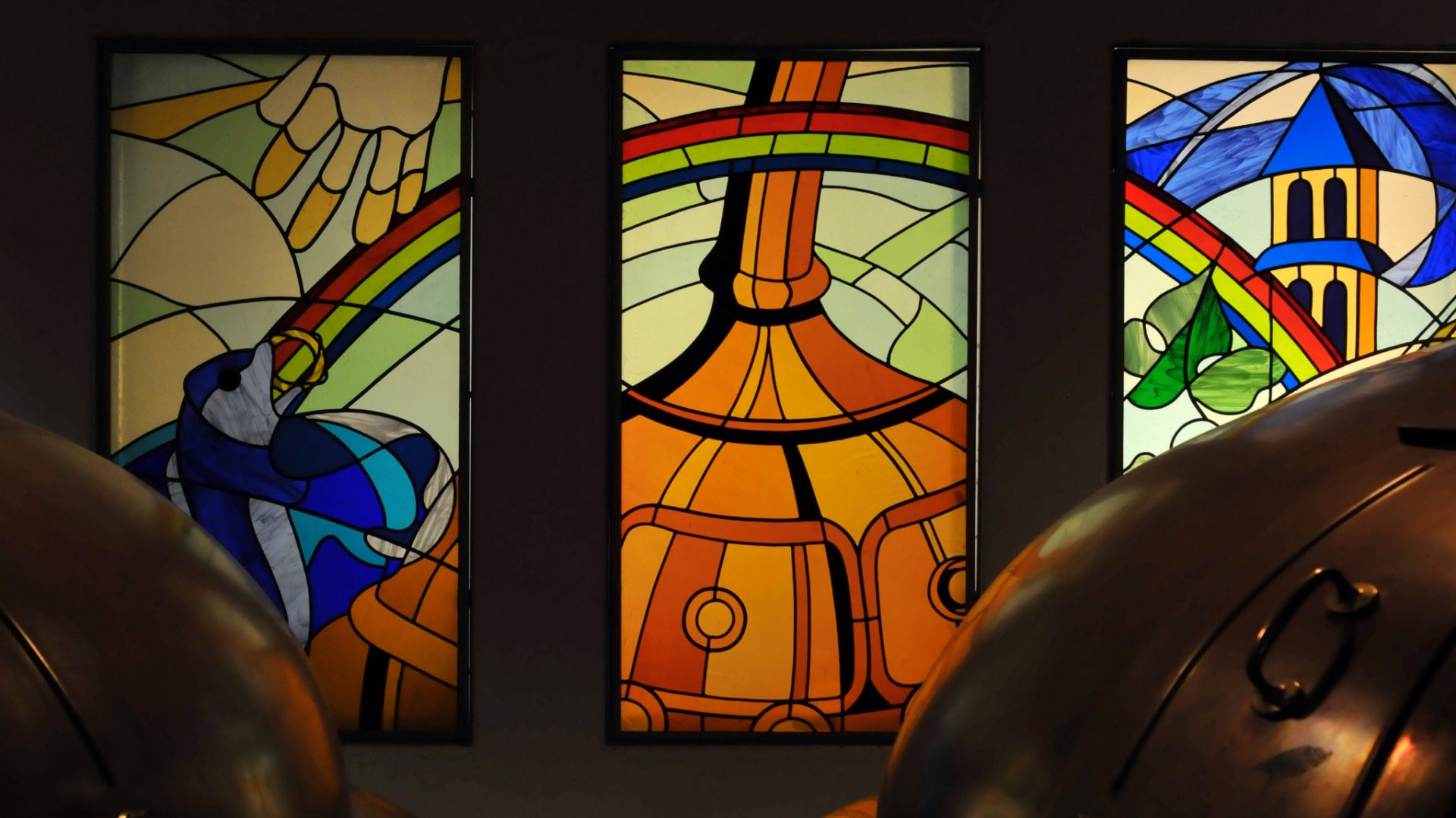The Order of Friars Minor – “Franciscans”
Most commonly known as Franciscans, The Orders of Friars Minor are part of the group of mendicant orders that trace their origin to their founder St. Francis of Assisi which was founded in 1209 CE. Originally, the order was required to beg for its food as the monks preached on the street. They derived their name Friars Minor from their status as “lesser brothers” which rose out of St. Francis’ rejection of wealth and extravagance. The Second Order of Franciscans is known as the Order of St. Claire, or Poor Claires. They were established by St. Claire of Assisi and represent Franciscan convents and nuns.
Franciscans, starting with St. Francis, focus on the goodness and joy of the original creation while downplaying the “stain of original sin.” The Rule of St. Francis states that its members should live simply avoiding material possessions in order to emulate Jesus and his time ministering on Earth. Franciscans, because of their vow of poverty, express solidarity with the poor and work towards social justice. The tenets of the order are: Poverty, Chastity, & Obedience.
 Kloster Mallersdorf – Mallersdorf-Pfaffenberg, Germany (Est. 1109/Modern Est. 1869, Brewery Est. 1881)
Kloster Mallersdorf – Mallersdorf-Pfaffenberg, Germany (Est. 1109/Modern Est. 1869, Brewery Est. 1881)
Kloster Mallersdorf started its life early in the 12th Century CE as a Benedictine monastery until it was closed under the secularization of Emperor Napoleon. During its time as a Benedictine monastery, the abbey flourished until the Protestant Reformation caused the number of monks to drastically decrease. In 1596, they abbey got an injection of new blood when monks from Ebersberg were moved to Mallersdorf. It wasn’t long after that the first documented brewing of beer took place when the abbey was granted the right to officially brew in 1623.
In the 18th century, the abbey earned the title of “Sedes Sapientiae” because a number of the monks of Mallersdorf taught at various schools and universities. However, the good times came to end in early 19th Century when Napoleon and his allies seized and secularized the churches and monasteries of Europe. The treasures that belonged to the abbey were taken by the state or auctioned off. The buildings and lands were similarly taken by the state or sold off.
It wasn’t until 1869 that Mallersdorf was returned to its monastic past. This time it would not be Benedictine monks but the Sisters of the Order of the Poor Franciscans who purchased back the lands and revived Kloster Mallersdorf; this time as a convent. 12 years later, their brewery came on-line “to give the monastery inhabitants a pure nutritious drink, and above all to the prosperity and coziness of an honorable citizenry of Mallersdorf And the environment.” Today, the head brewmaster is Sister Doris Engelhard. She, along with 1 other employee, brew an unpasteurized traditional line of Bavarian lagers, including:
- Vollbier Hell – A 5% ABV blond lager
- Zoigl – An unfiltered 5% ABV blond lager
- Doppelbock – A 7% ABV dark double bock
- Hellerbock – A Blond Bock
- Maibock – A spring bock of 6.7% ABV
Kloster Mallersdorf’s beers can be purchased in their biergarten or at select stores in the area around monastery which lies south of Regensburg.

Kloster Kreuzerg – Bischofsheim an der Rhon, Germany (Est. 1692, Brewery Est. 1731)
 Kloster Kreuzberg is a Franciscan monastery that was founded on Rhon mountain in Bavaria in 1692. The site had long been a pilgrimage destination known as the “Holy Mountain.” Prince Bishop Julius Echter three crucifix erected on the site in 1582 to cater to the pilgrims. Construction on an abbey started in 1681 in order to provide a church for the pilgrims. The monks would maintain the pilgrimage site and church while providing religious services to their guests. During the Secularization of 1803, the abbey was one of the few monasteries not shut down although pilgrimages to the site were forbidden. This significantly reduced the importance of the abbey until it nearly closed in 1826 when it the Decree of September 30, 1826
Kloster Kreuzberg is a Franciscan monastery that was founded on Rhon mountain in Bavaria in 1692. The site had long been a pilgrimage destination known as the “Holy Mountain.” Prince Bishop Julius Echter three crucifix erected on the site in 1582 to cater to the pilgrims. Construction on an abbey started in 1681 in order to provide a church for the pilgrims. The monks would maintain the pilgrimage site and church while providing religious services to their guests. During the Secularization of 1803, the abbey was one of the few monasteries not shut down although pilgrimages to the site were forbidden. This significantly reduced the importance of the abbey until it nearly closed in 1826 when it the Decree of September 30, 1826
Fifty years after the first brick was laid, the monks established a brewery. The brewery has been updated several times and was upgraded to an automated brewhouse in 1990/91. They brew several types of traditional German beers, including: Pils, Dunkel, Hefe-Weisse Hell, Doppelbock, & a Christmas Bock.

Franciscan Brothers of Saint Elizabeth of Hungary – Bucksport, Maine, USA (Est. ?, Brewery Est. 2013)
The Franciscan Brothers of Saint Elizabeth of Hungary are a small Franciscan community of monks in Bucksport, Maine near Bangor, Maine. In the fall of 2013, they released their first beers. They brewed an English-style Brown Ale called St. Francis Brown, a Belgian-style amber called Traditional Monastery Ale, and a chocolate porter called Original Whoopie Pie Porter. They also brew several styles released as seasonals. Their beers are available at their bakery and at shops around the Bangor, Maine area.

St. Anthony Shrine – Cincinnati, Ohio, USA (Est. 1888, Brewery Est. n/a)
St. Anthony Shrine is situated on Mt. Airy, a hill overlooking Cincinnati. The Nurre family gave a country estate to the Franciscan friars to found a religious community. The first tone was laid in 1888 with the Archbishop of Cincinnati consecrating the chapel the following year in 1889. The abbey was dedicated to St. Anthony of Padua. In 1890, a group of novice friars moved from nearby Friary in Oldenburg, Indiana. St. Anthony Shrine hosts a First Class Relic, a piece of the body or bones of a saint, in this case St. Anthony.
They don’t have a brewery and there is no information if they plan to add one, but local brewery Urban Artifact, itself located in a former catholic church, is brewing a barrel aged quad called St. Anthony Quad to benefit the shrine. The friars both helped with the brewing as well as blessed the beer as they were making it.

If you know about any Monasteries that are commercially making beer, please let me know via the Contact Me link here or at the top of the page or email me at beer(at)ithinkabout(dot)com. (As I find more, I’ll add them into the series). Even if the beer is only available at the monastery’s taproom, I’d like to know about it. The goal of this project is to catalog and highlight any monastery that’s brewing beer for sale to the outside public.



One thought on “The Brewing Monks: The Franciscans”